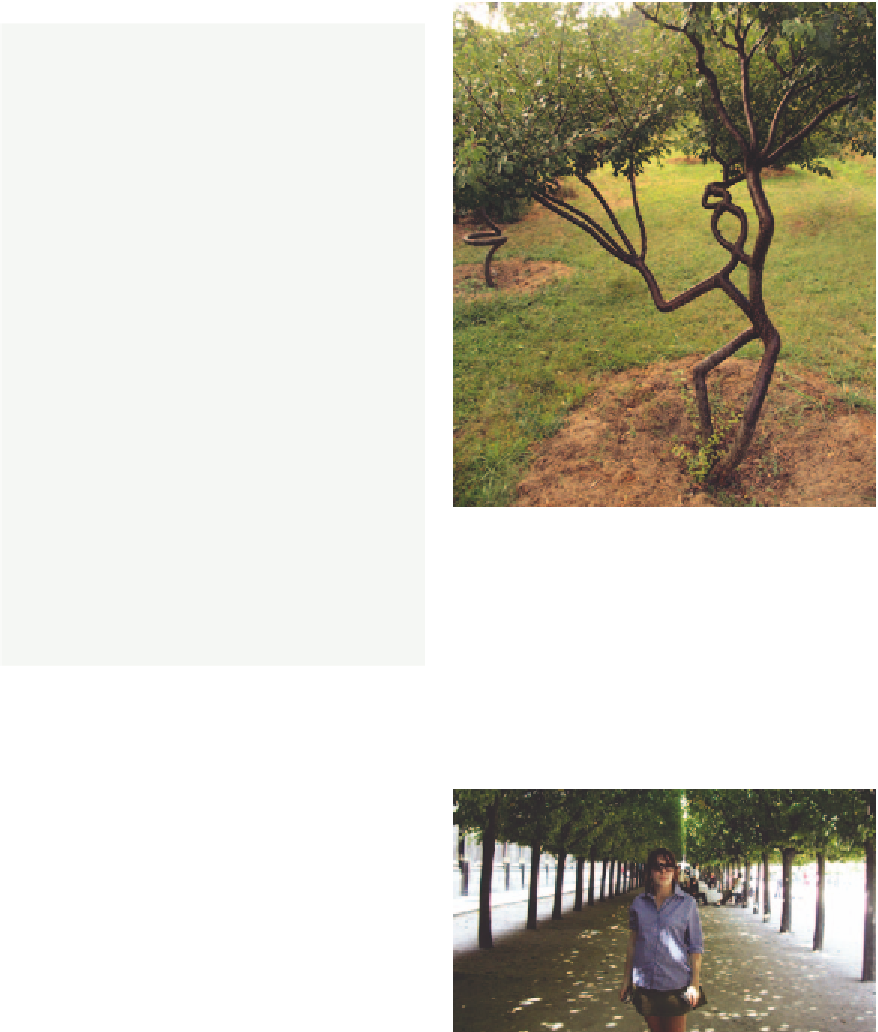Agriculture Reference
In-Depth Information
Table 4.17
Informal hedges *can be pruned into old wood
Large
- 1 m to 2 m
Evergreen
Alyognehuegelii
Native hibiscus
Carrissagrandiflora
Natal plum
Cistus
spp. Rock rose
*Citrus
spp.
Citrus fruits on dwarfing rootstock
Correaalba
White correa
Eriostemonmyoporoides
(syn
Philotheca
) Wax flower
Heliotropumarborescens
Cherry pie
Leonotisleonorus
Lion's ear
Murrayapaniculata
Orange jessamine
Phlomisfruticosa
Phlomis
Thryptomene
Thryptomene
Ugnimollinae
Chilean guava
Deciduous
*can be pruned into old wood
*Aloisyatriphylla
Lemon verbena
*Hydrangea
spp. Hydrangea
*Rosarugosa
Rugosa rose
L.scoparium
Manuka
Lavandula
spp
.
Lavender
Ribes
spp. Flowering burrant, red currant, black currant,
gooseberry (can produce new growth from the base)
Spireacantoniensis
May bush (can produce new growth
from the base)
Symphoricarpus
spp.
Coral and snow berry (can produce
new growth from the base)
Figure 4.68
The cambium layer of the tree can be
selectively joined to create amazing tree shapes. This
example by Pooktre may take a bit of practice. It does
show the possibilities. (Photo courtesy www.pooktre.com)
can meet and unite. These structures can
then take the form of arbors, arches and
tunnels, or can form more ambitious
configurations (see Figure 4.68).
Pleaching
Pleaching is a form of living architecture. It
is an ancient art traced back to the Romans
and involves plaiting or weaving living
branches together to form a structure. In the
process of training or over time, these
branches fuse or are grafted together. This
means that the cambium layers (see pages 1
and 2) of individual plants unite forming a
self-supporting structure. The most
advanced pleaching techniques involve
exposing the cambium layers of the woven
stems; that is, removing the outer bark so
that the rich green cambium of both stems
Figure 4.69
A high-rise hedge. A pleached arbor in the
Jardin du Palais Royal in Paris with its magically dappled
light.






































































